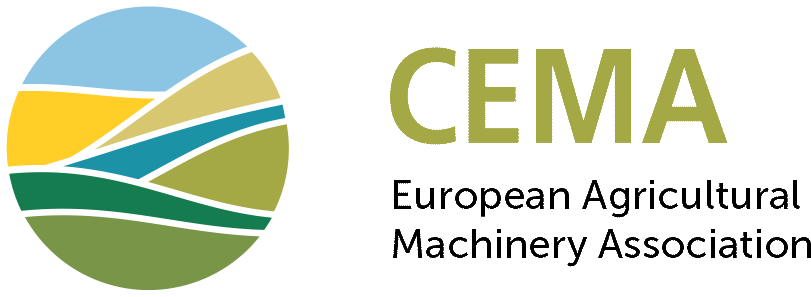The European Commission held a meeting of the Machinery Expert Group on 10 November 2021. Gathering Member States and stakeholders, including CEMA, the meeting touched upon:
A. revision of the Machinery Directive: Machinery Products Regulation (MPR):
The Commission reported the ongoing work on the MPR at the Council and the Parliament level, and highlighted the main points in both instances:
- exclusion of vehicles only for transport of goods or persons
- definition of substantial modification
- the empowerment to the Commission to prepare technical specification
- high-risk products, in particular the mandatory third party conformity assessment
The report on the MPR at the Council level is expected by the end of the year; the timeline at the Parliament was confirmed (vote in the IMCO Committee in March 2022), except for the vote in the plenary session.
B. consideration of pressure equipment assemblies in machinery:
This subject relates to the kind of conformity assessment to carry out when a machinery includes several pressure equipment components, with a least one of them of a category higher than category I. The Pressure Equipment Directive 2014/68/EU requests a validation by a third party, but so far, machinery have been exempted from this request – as specified in notes 1 and 2 of the PED Guideline, point C-13. Reason for that is that these assemblies are not placed on their own on the market; the validation rules are the ones described in the Machinery Directive, namely self-compliance.
The Commission proposed three options on which each Member State and stakeholder had to provide its view by mid-December: either a full compliance with the PED, or the development of a new Guideline on the conformity assessment for machinery, or to update the proposal of the Machinery Product Regulation to impose a third particular validation for high-risk machinery products containing involving items of a category higher than category I.
CEMA on his side is in favour of having only one conformity assessment, carried out under the Machinery Directive (or Machinery Products Regulation). Proposals for amendment were done in this sense.
C. visibility requirements for agricultural machinery:
The French authorities had expressed some concerns with the development of new requirements on visibility in the amendment to ISO 4254-1:2013 “Agricultural machinery – Safety – General requirements”. They considered these ones were not following the guidelines stated in the Application Guide of the Machinery Directive (which promotes the need to satisfy first direct vision, then indirect vision and finally warning of the operator). After discussions between CEN representatives, the French authorities and the HAS (HAS for harmonised standards) consultant, there was an agreement to finally remove these requirements. In practice, the visibility requirements of ISO 4254-1:2013 keep on applying.
Meanwhile, the French standardisation body is preparing a draft on visibility for agricultural self‑propelled machinery.
The Machinery Expert Group meetings will be held annually in the future; the next one was planned on 10 November 2022.







